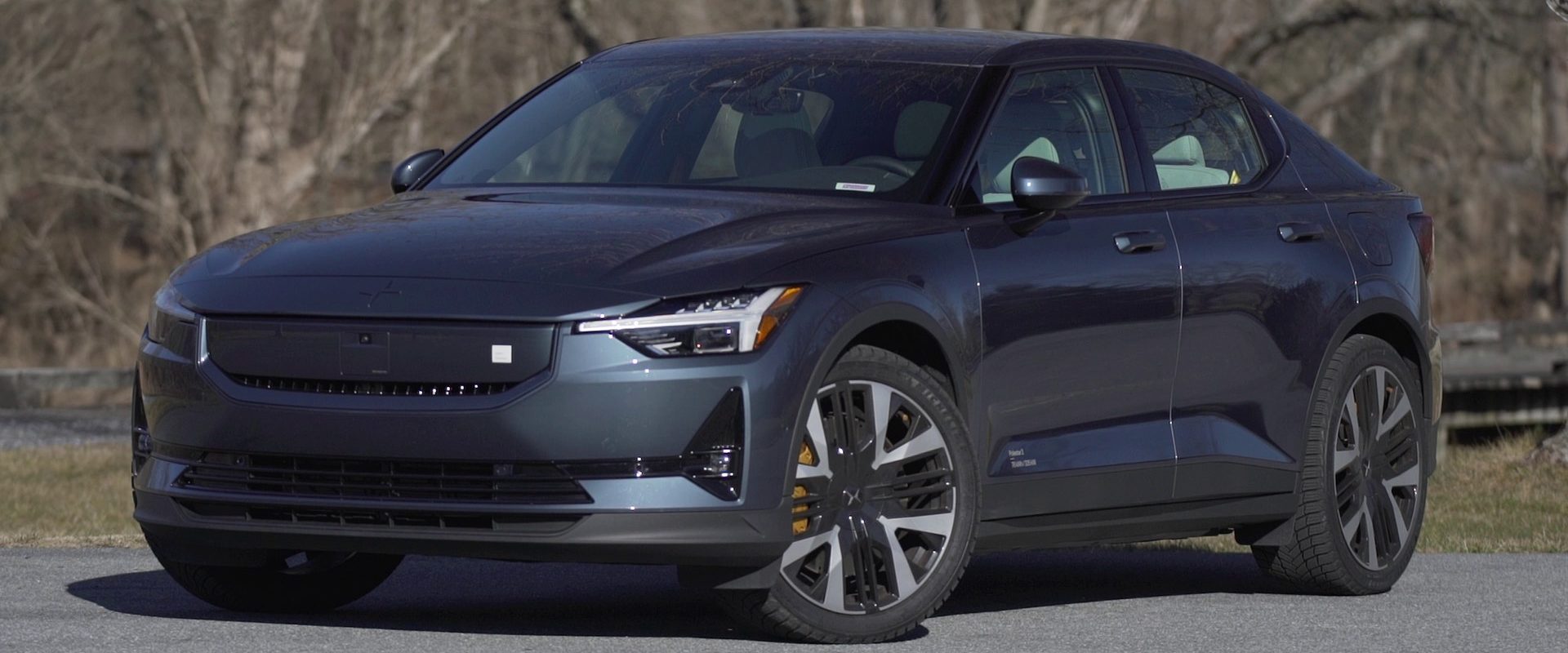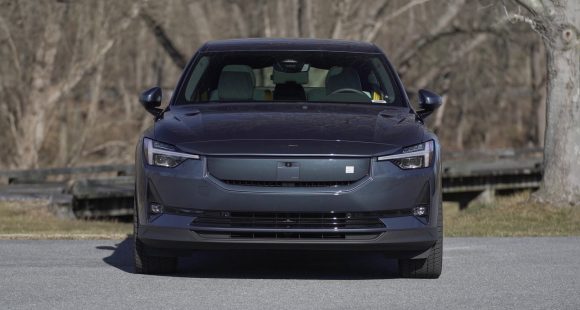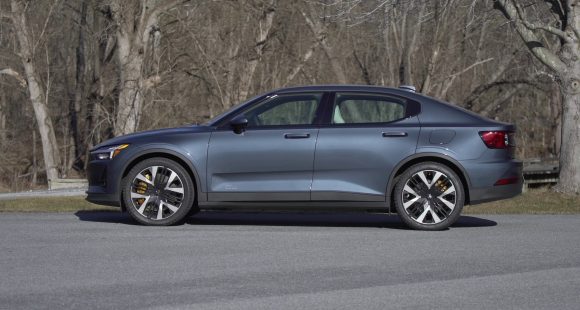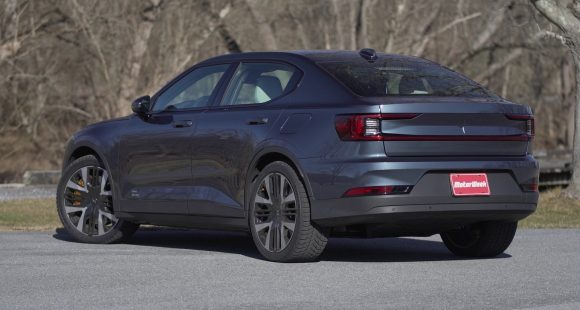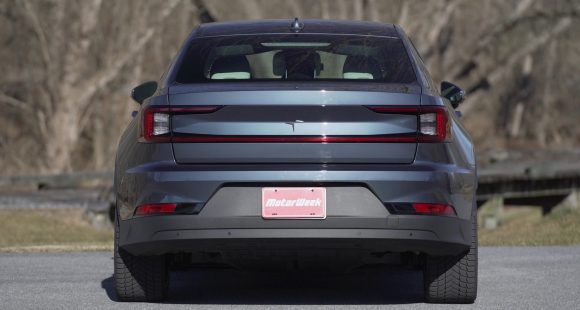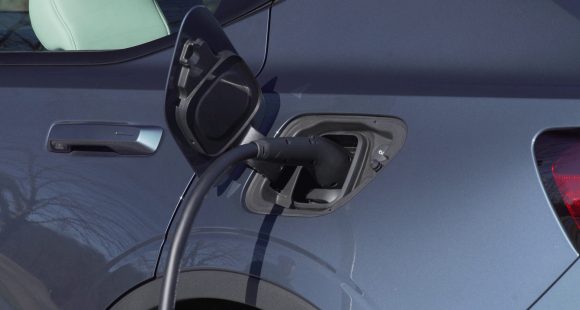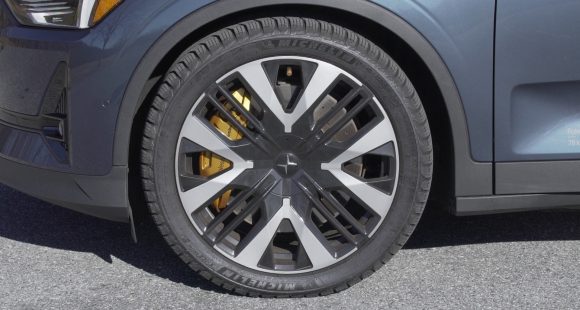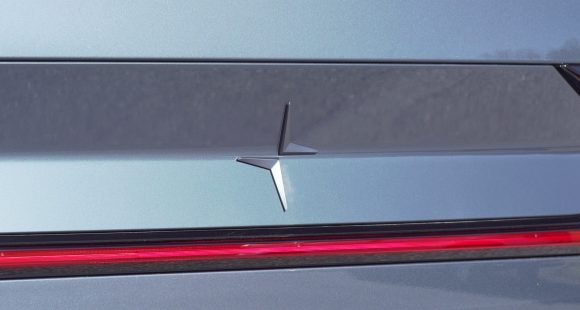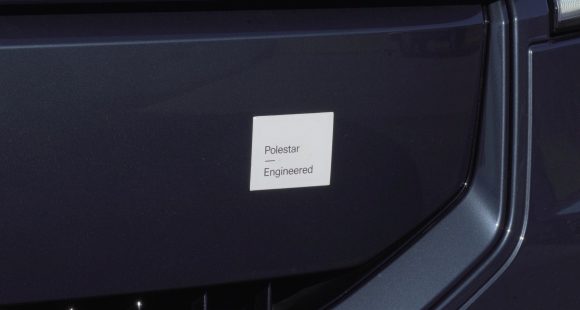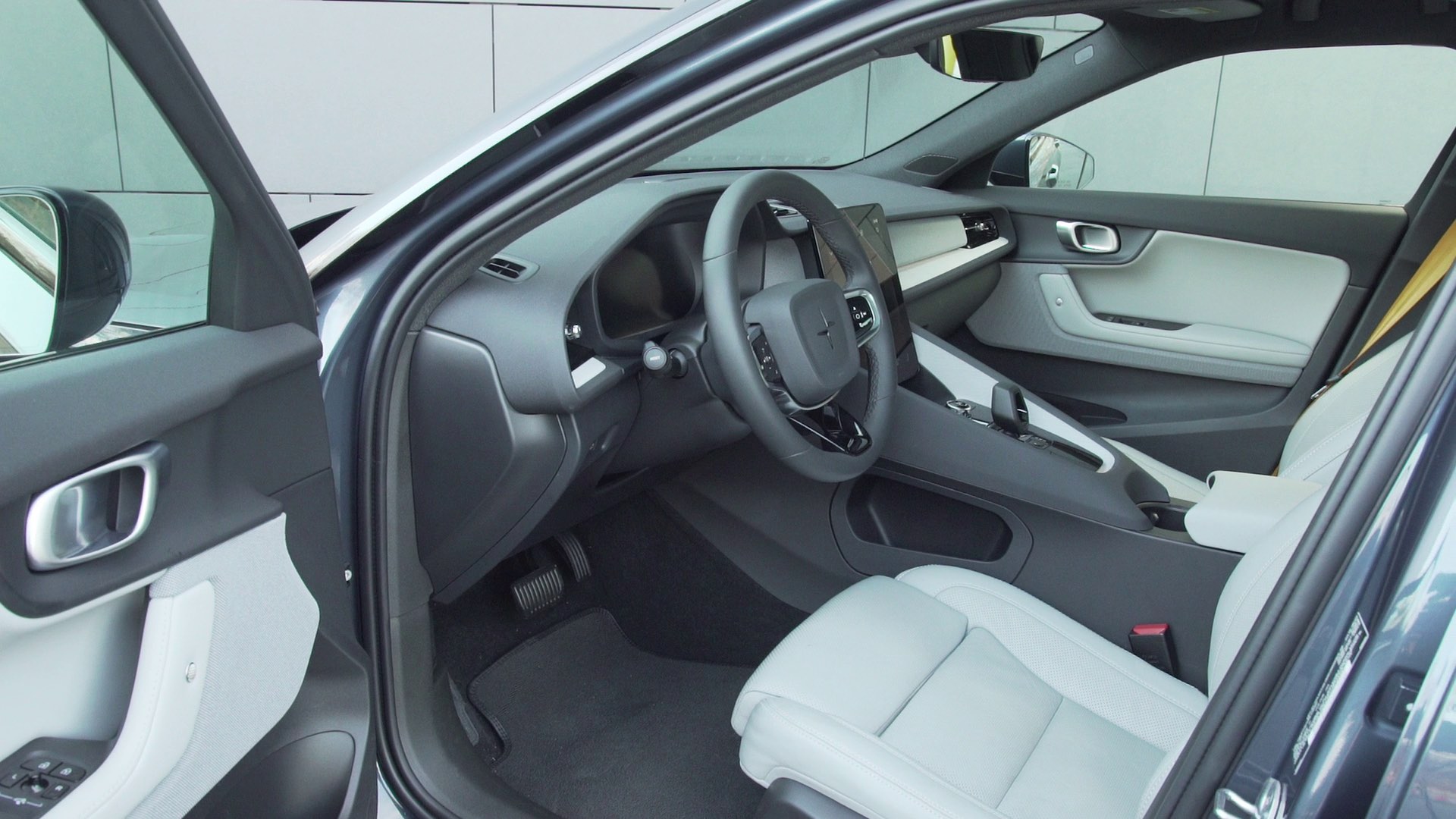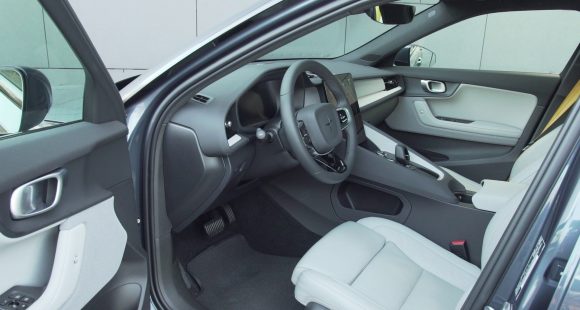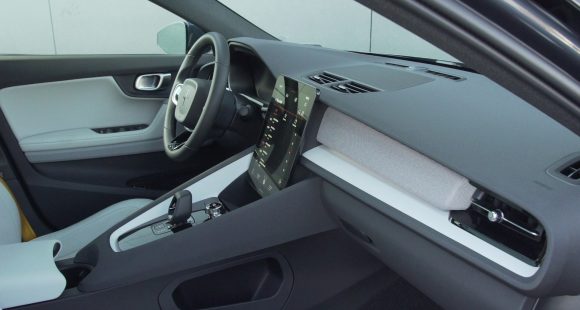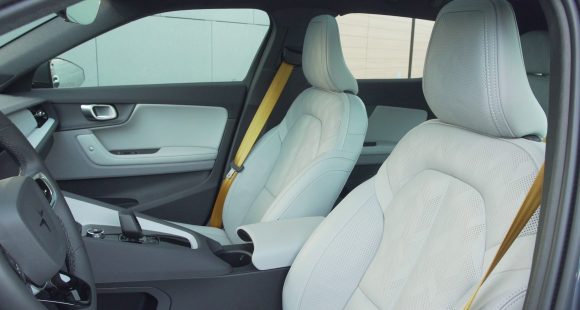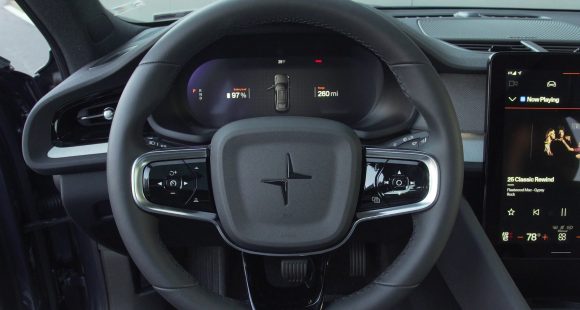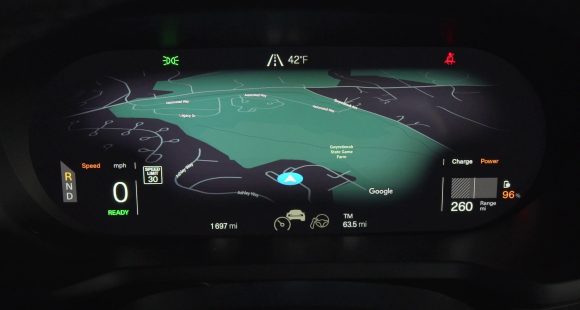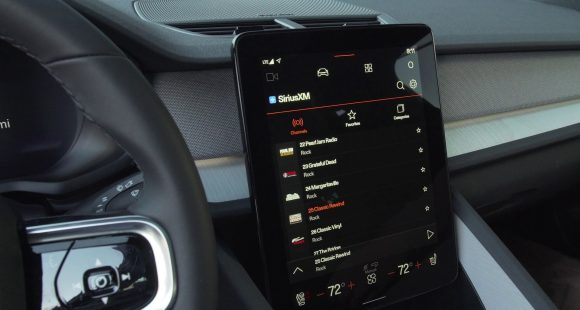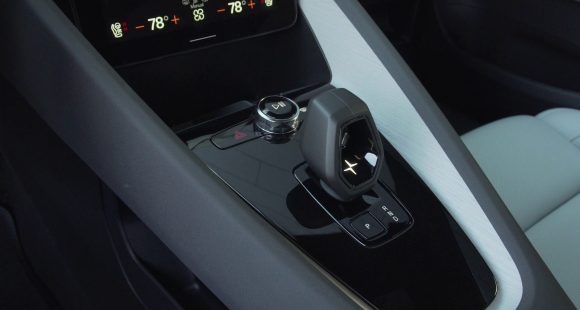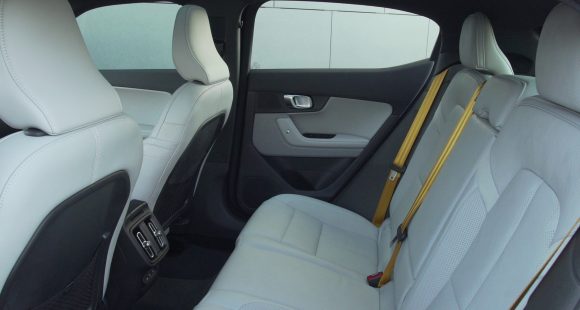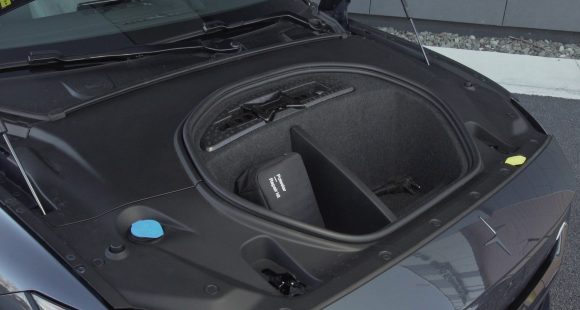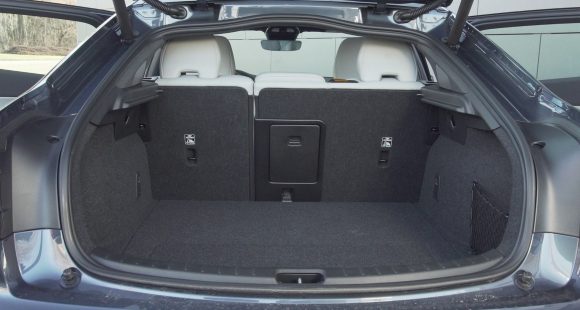2017 Toyota Prius Prime
The 2017 Toyota Prius Prime offers more, but not too much more, than the typical hybrid; though it certainly offers more than the Prius plug-in that it replaces.
By way of explanation, the EV-only range of the Prime is now 25-miles at up to 84 miles-per-hour. That’s double the range it claimed before, but still only half of the Chevrolet Volt’s EV range.
The mileage increase comes by way of both powertrain updates, enabling both motor-generators to now power the car, and a larger 8.8kWh lithium-ion battery.
The gas engine itself remains the same 1.8-liter Atkinson-cycle I4; and combined system output continues at 121-horsepower.
 Government Fuel Economy Ratings are estimated to be 55-City, 53-Highway, and 54-Combined; with an EV-mode MPGe rating of 133.
Government Fuel Economy Ratings are estimated to be 55-City, 53-Highway, and 54-Combined; with an EV-mode MPGe rating of 133.
Charging time is a bit over 2-hours on 240-volts; about 5½-hours on standard 120. But, the battery never gets fully depleted, as normal Prius operation kicks in when EV-only range is reached. Toyota puts total range before plugging in, or topping off, at 640-miles.
The Prius Prime’s new mission calls for a new look; as both front and rear styling are distinctive from standard Prius fare.
Sharper lines, a black facia with bigger air intakes, and ultra-low profile LED headlights portray both a more eco-conscious look, and at the same time, add some sporty flair as well.
Wheels are 15-inch alloys, but with 2-tone covers that are designed to maximize air flow.
In back, things are very different with full-width LED taillights, a dual wave rear window, and a carbon-fiber rear hatch. Primarily in place for weight-saving, it also makes opening a little easier. Space beneath it, is taken up somewhat by the larger battery pack, reducing cargo capacity from 27.4 cubic-ft. to a still good 19.8.
 Nothing major stood out to us in terms of ride quality, during our drive time in Southern California. Prime feels smooth and composed over just about any road surface.
Nothing major stood out to us in terms of ride quality, during our drive time in Southern California. Prime feels smooth and composed over just about any road surface.
There is about 300-lbs. of additional weight; you won’t really notice it so much in handling situations, but you can certainly feel it off the line. There’s a lot of buzzing and whirring going on, but not much propulsion; expect a 0-60 time of 10 seconds plus.
Shuffling between power sources remains as seamless as always; and at cruising speeds, except for some tire noise, things are pretty quiet. Visibility remains very good all around.
Overall, the interior is just fine, even if our car’s, heated, simulated-leather covered seats were still not truly long distance comfortable. There are a host of tech upgrades for Prime, and trim structure differs from the standard Prius; going from Plus to Premium to Advanced. All except for Plus trim sport a larger Tesla-like 11.6-inch central touchscreen. It really blends in quite nicely and looks great. But we found actual function to be a little laggy.
There’s only adequate width for two in the rear seat, but plenty of leg room to be found, even if the slopping roof takes a toll on adult headroom.
 While the Chevrolet Volt may offer more range, the Prime has quite an advantage when it comes to pricing, as it is still a very reasonable $27,965. Whether that’s worth the $2,400 over a base Prius depends on your green driving desires. Top level Advanced trim moves closer to Volt at $33,965. Regardless, the Prius, in all of its iterations remains a lot of eco-minded car for the money.
While the Chevrolet Volt may offer more range, the Prime has quite an advantage when it comes to pricing, as it is still a very reasonable $27,965. Whether that’s worth the $2,400 over a base Prius depends on your green driving desires. Top level Advanced trim moves closer to Volt at $33,965. Regardless, the Prius, in all of its iterations remains a lot of eco-minded car for the money.
With that being said, it’s hard to envision the 2017 Toyota Prius Prime being a major player. As it still seems to appeal to the few people who want a bit more battery range than a traditional hybrid can offer, but aren’t yet ready to make the jump to a full EV. But there’s no denying it’s a better option than the preceding Prius plug-in, which may be enough to make it a “prime mover” for the Toyota faithful.
Specifications
- Engine: 1.8 liter
- Horsepower: 121
- 0-60 mph: 10.0-11.0 seconds
- EPA: 55 mpge city / 53 mpge highway,
2024 Polestar 2
More Range And More Power For The Polestar 2
Volvo is well on their way to making the transition to an all-electric brand, but their sister-brand Polestar is already there. Now, we’ve spent lots of time in their all-wheel drive, five-door Polestar 2, having tested it in 2021, and a year later when a two-wheel drive version arrived. But, EV updates are coming quickly. So, let us be your guide for all that’s new with the Polestar 2.
While we are driving more EVs than ever, we’ve also been spending a lot of time recently circling back to ones we’ve previously tested. As in this new era of electrified vehicles, significant updates are arriving quickly, with R&D investments increasing and retrofitting them easier than ever. This is often done through software updates that can even be accomplished over the air. For 2024, the Polestar 2 has indeed gotten some software updates, but some physical ones as well.
Clearly aimed directly at Tesla’s Model 3 when it arrived; the Polestar 2’s build quality was vastly better, but range definitely came up short. So, addressing that was priority No. 1; and for ’24 the Polestar can travel up to 20% farther than before while consuming 9% less energy, and when it comes time to charge it back up, it can do that 34% faster too.
Range in the Single Motor version increases from a max of 270 to 320 miles thanks to a larger 82-kWh battery pack, and that solitary motor now powers the rear wheels, not the front wheels. It’s also bigger, coming in at 220 kW compared to the previous 170 kW front-wheel drive version, going from 231 to 299 horsepower.
Dual Motors keep the same 78-kWh battery, but still sees a boost from 260 to 276 miles and takes advantage of the larger rear motor for a new combined 310-kW output with 421 horsepower. Our test car has the added Performance Pack, which uses an additional 35 kW to deliver 455 horsepower and 546 lb-ft of torque, though max range drops to just 247 miles.
The new battery in rear-drive 2s will also charge faster, now accepting up to 205 kW for an 80% charge in 20 minutes; max for dual-motors stays at 155 kW, which puts an 80% charge at 34 minutes. Using 32 kWh of electricity per 100 miles, the Dual Motor earns a good efficiency rating.
The [Polestar] 2 has always been one of the most enjoyable EVs to drive, even more so now with that additional power coming from the rear motor.
Unfortunately, extremely cold temperatures kept us from seeing that increased range, as we were only on pace for about 194 miles in our test.
The 2 has always been one of the most enjoyable EVs to drive, even more so now with that additional power coming from the rear motor. And especially when equipped with the Performance Pack as it not only includes more power, but adds 20-inch forged wheels, upgraded brakes, and adjustable Ohlins Dual Flow Valve performance dampers. It greatly improves handling prowess without affecting ride quality, and is easily worth the $5,500 charge if you at all enjoy driving.
Even on a 20-degree track day there was plenty of grip through our handling course. No understeer or oversteer, and lots of feedback through the wheel. There was a nice, strong launch off the line that properly planted us firmly in the seat, and rocketed us to 60 in 4.5 seconds. Power delivery stayed pretty intense up until about 80 mph when there was a definite tapering off. Still, it was a 13.4-second quarter-mile at 102 mph; smooth, quiet, and stable the whole way.
When this car debuted, its Google-based infotainment setup was a novelty, but since then, more and more manufacturers are just “Googling it” so it doesn’t seem out of place at all. The wireless phone charger is easy to access, and there’s a great Harmon/Kardon sound system and panoramic sunroof to enhance the in-cabin experience. Exteriors have also been enhanced with a smooth grille insert and new wheel choices.
Hatchback practicality means 14.3 cu-ft of easy to access cargo space with split-folding seatbacks for longer items and expanding the space to 38.7 cu-ft. Plus, there’s even a sizeable storage bin up front under the hood.
Single Motor Polestar 2 pricing now starts at $51,300, with Dual Motors starting at $56,700; topping out at $64,400.
For a car manufacturer that hasn’t even been around for a decade yet, Polestar has kept itself busy, totally transforming their latest model in just a few years, making the 2024 Polestar 2 even more appealing. They are certainly off to a good start, and with a host of Polestars just over the horizon, including some all-important utility vehicles, this star will be shining even brighter.
Specifications
As Tested
- Motor Setup: Dual Motor
- Horsepower: 455
- 0-60 mph: 4.5 seconds
- EPA Range: 247 miles
- Efficiency : 32 kWh / 100 miles
- Battery Size: 78-kWh
- Torque: 546 lb-ft
- 1/4 Mile: 13.4 seconds at 102 mph
- MW Test Loop: ~ 194 miles
- Peak Charging Rate: 155 kW







